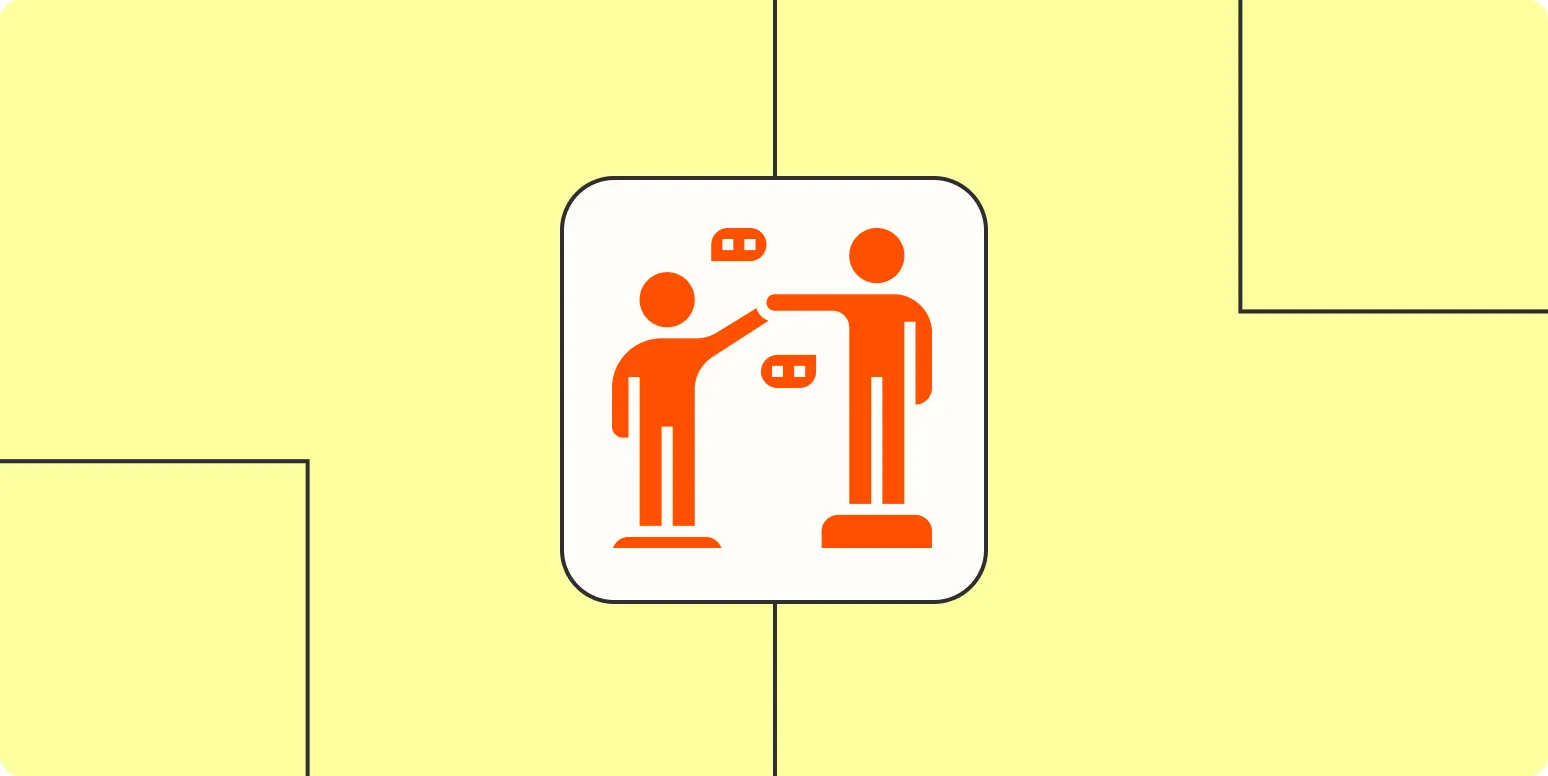Disagreeing in the workplace can be a delicate matter. It's essential to voice your opinions and concerns without being labeled a naysayer. This article will guide you on how to express disagreement constructively, maintaining a positive work environment while ensuring that your ideas are heard. Below, we discuss effective strategies and techniques to disagree at work, along with examples and a handy chart for reference.
Understand the Importance of Disagreement
Disagreement is a natural part of any collaborative environment. When done constructively, it can lead to innovation and better decision-making. Embracing diverse perspectives is crucial for team success, and knowing how to voice your disagreement effectively can make all the difference.
Choose the Right Moment
Timing is everything when it comes to expressing disagreement. Consider the context and setting in which you plan to voice your opinion. For instance, bringing up a concern during a team meeting may be appropriate, while a one-on-one conversation with a colleague might be better suited for more sensitive topics.
Utilize “I” Statements
When disagreeing, frame your statements from your perspective. Using “I” statements helps soften the delivery and reduces the chance of the other person becoming defensive. For example:
| Traditional Statement | Rephrased Using “I” Statements |
|---|---|
| You are wrong about this approach. | I feel that there might be a better way to handle this. |
| Your idea is not feasible. | I have some concerns about the feasibility of this idea. |
Focus on the Issue, Not the Person
It’s crucial to separate the idea from the individual. When disagreeing, concentrate on the specific issue rather than making it personal. This approach fosters a culture of respect and encourages open dialogue. For instance, instead of saying, “You always make poor decisions,” you could say, “I believe we should re-evaluate this decision because it may not align with our goals.”
Provide Evidence and Alternatives
Backing up your disagreement with data and alternative solutions can significantly strengthen your case. Instead of merely stating that you disagree, support your viewpoint with facts and figures. This shows that your disagreement is well thought out and not just based on personal preference.
For example, if you disagree with a marketing strategy, you might present data showing how another approach has worked in similar situations. You could say, “Based on our last campaign's results, we saw a higher engagement rate with social media ads than email marketing. Perhaps we should consider focusing more on social channels.”
Practice Active Listening
To disagree effectively, it’s important to listen actively to the other party's perspective. This not only demonstrates respect but also helps you understand their reasoning. Acknowledging their points before presenting your own can create a more collaborative atmosphere. Phrases like “I understand your point about…” can help in establishing common ground.
Stay Calm and Professional
Maintaining your composure during disagreements is essential. Emotions can run high, but staying calm and professional helps in conveying your message more effectively. If the conversation becomes heated, take a step back and suggest revisiting the discussion later. This approach allows everyone to cool off and return with a clearer mindset.
Encourage Open Dialogue
Fostering an environment where everyone feels comfortable expressing their opinions is key to effective teamwork. Encourage your colleagues to share their thoughts and reassure them that differing opinions are welcome. By creating this culture of open dialogue, you can reduce the stigma around disagreement, making it easier for everyone involved.
Know When to Let It Go
Sometimes, despite your best efforts, you may need to accept that not everyone will agree with you. Knowing when to let go of your disagreement is just as important as knowing how to express it. If the majority supports a particular decision, it may be best to align with the group while still voicing your concerns in a constructive manner.
Conclusion
Disagreeing at work doesn't have to lead to conflict or be perceived as naysaying. By employing these strategies—choosing the right moment, using “I” statements, focusing on issues instead of individuals, providing evidence, practicing active listening, and maintaining professionalism—you can express your disagreement constructively. Remember, the goal is not just to voice dissent but to contribute positively to the conversation and the team's success.
By following these guidelines, you can ensure that your disagreements are not only heard but also valued. Embrace the opportunity to express your thoughts while fostering a collaborative work environment.





